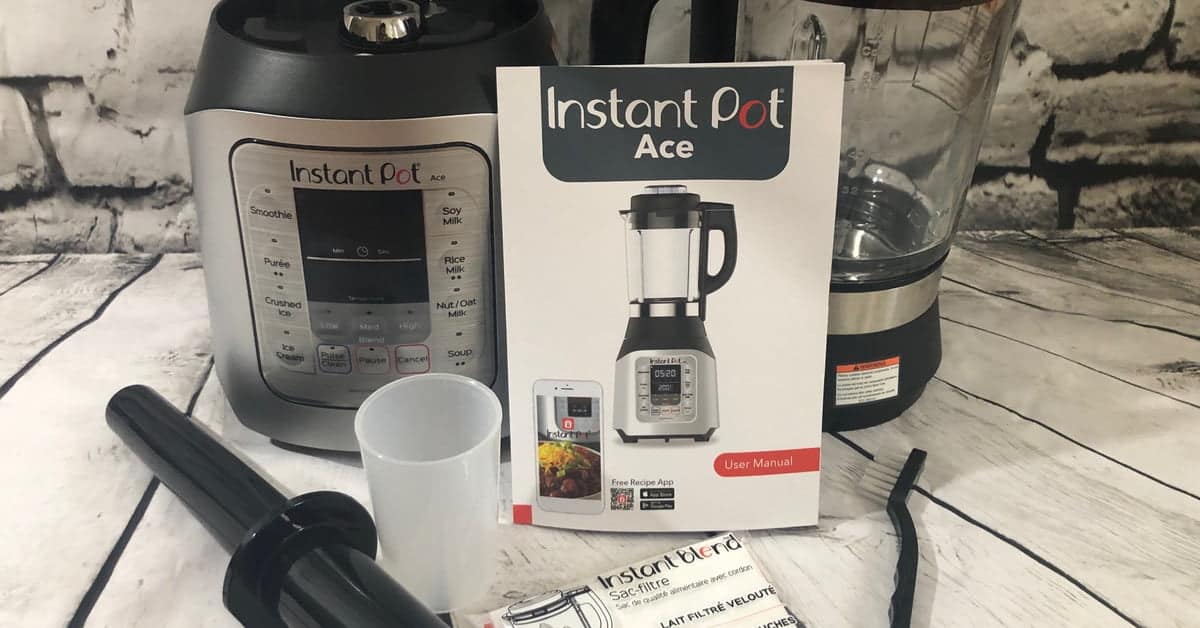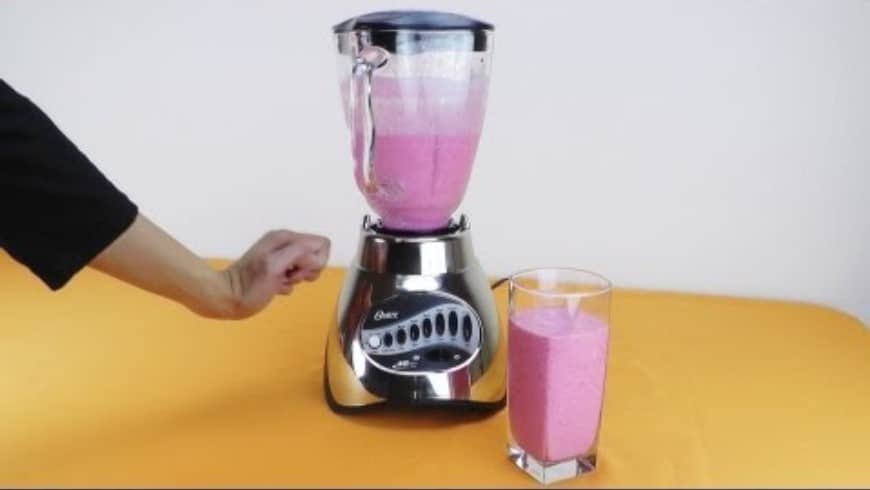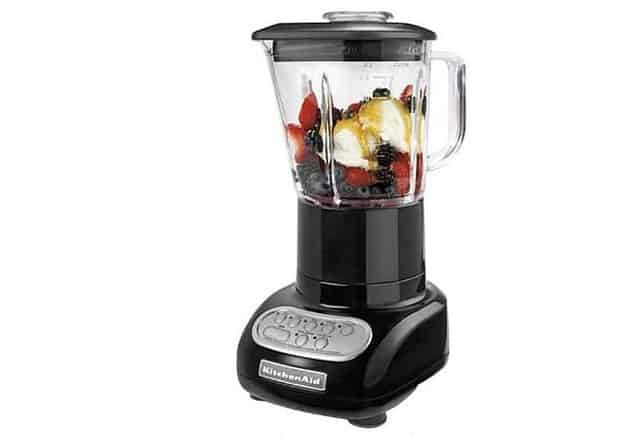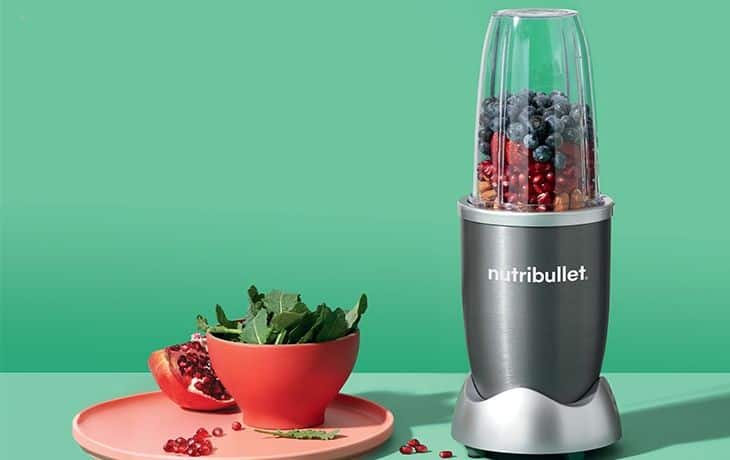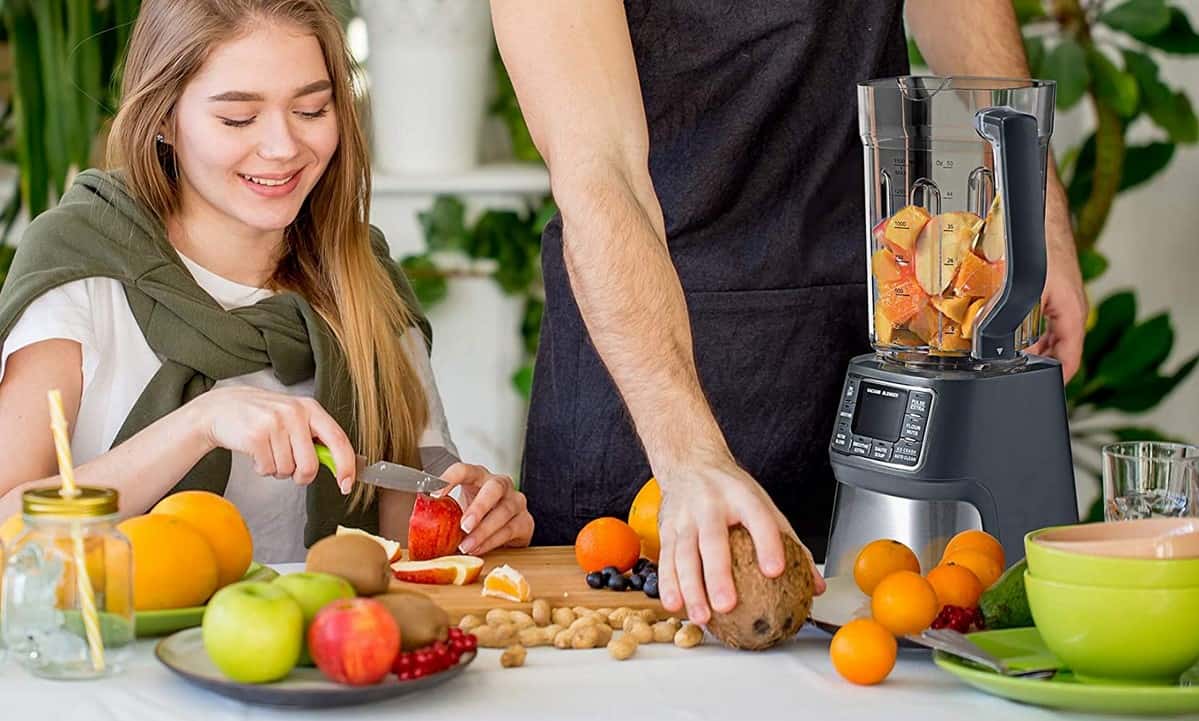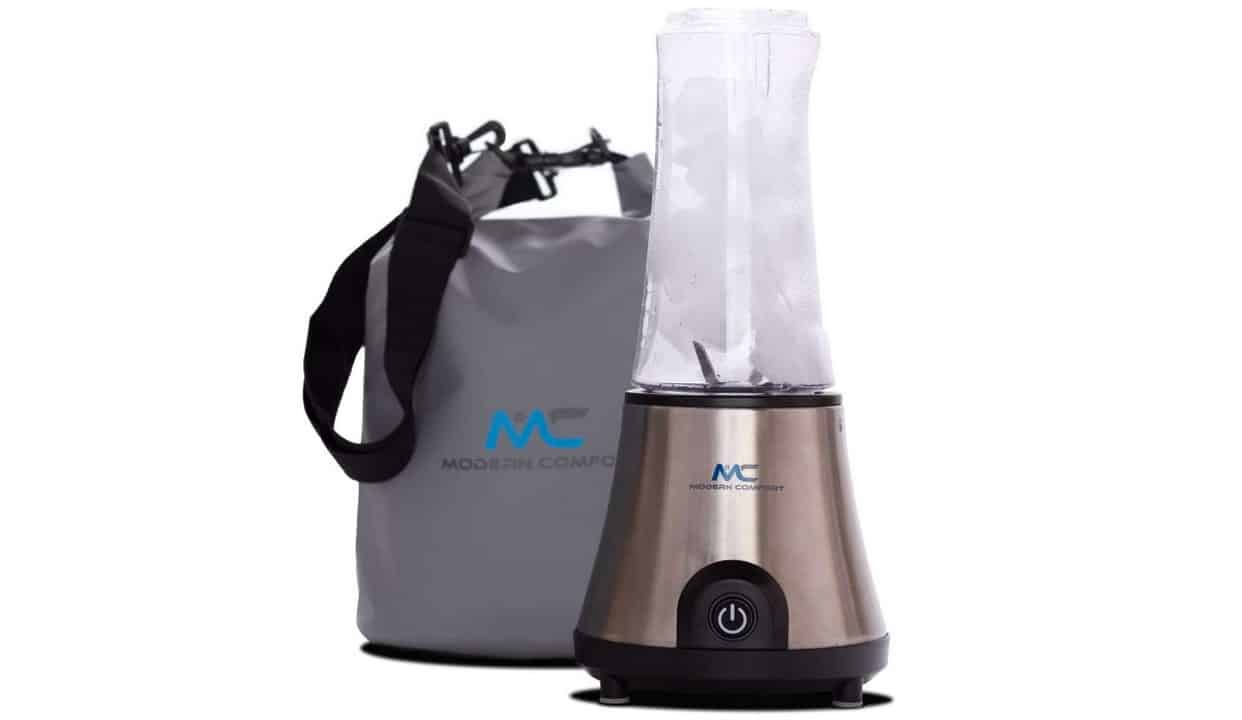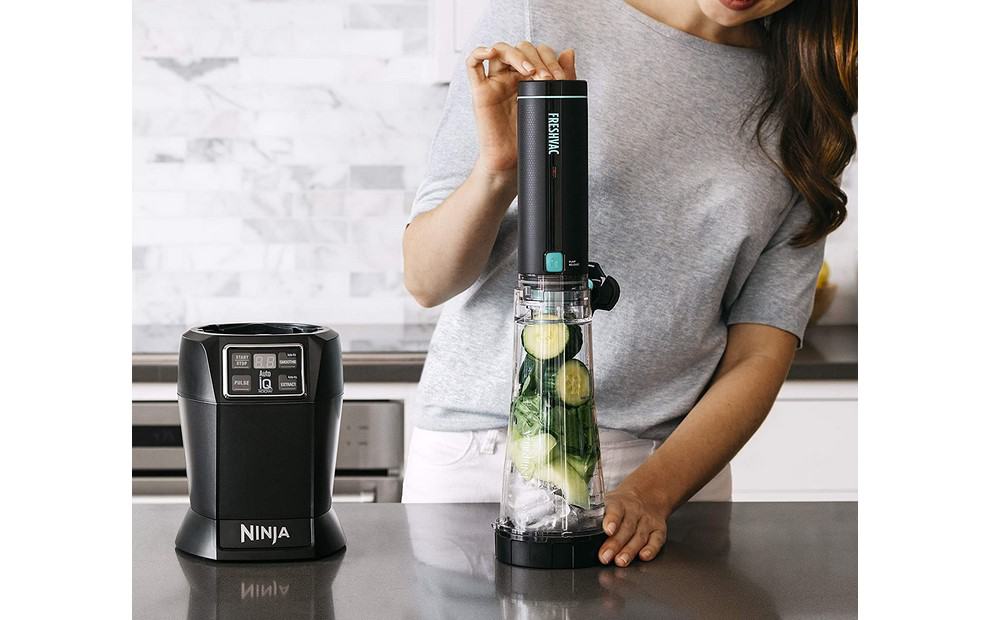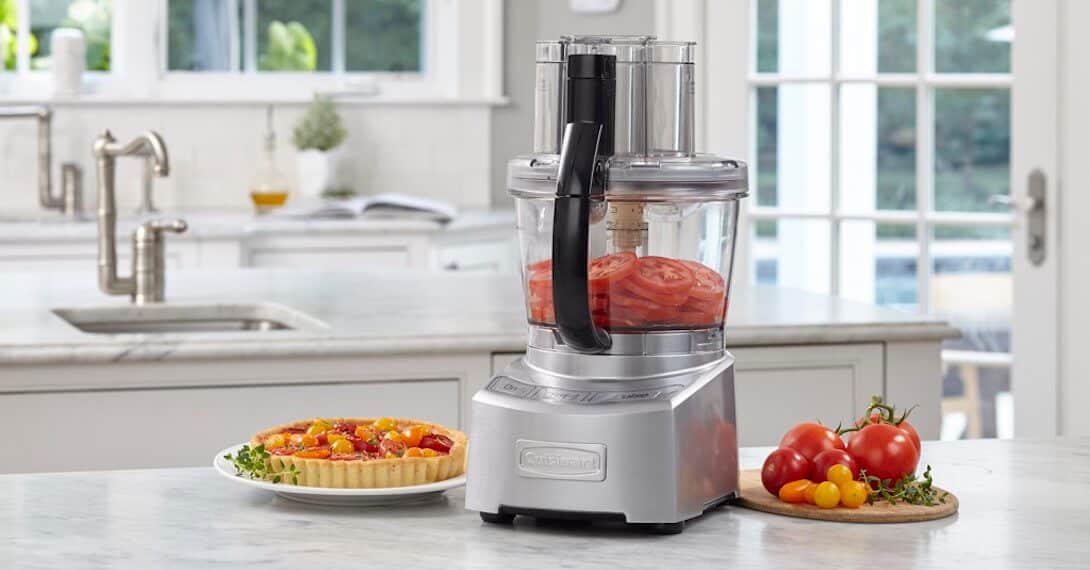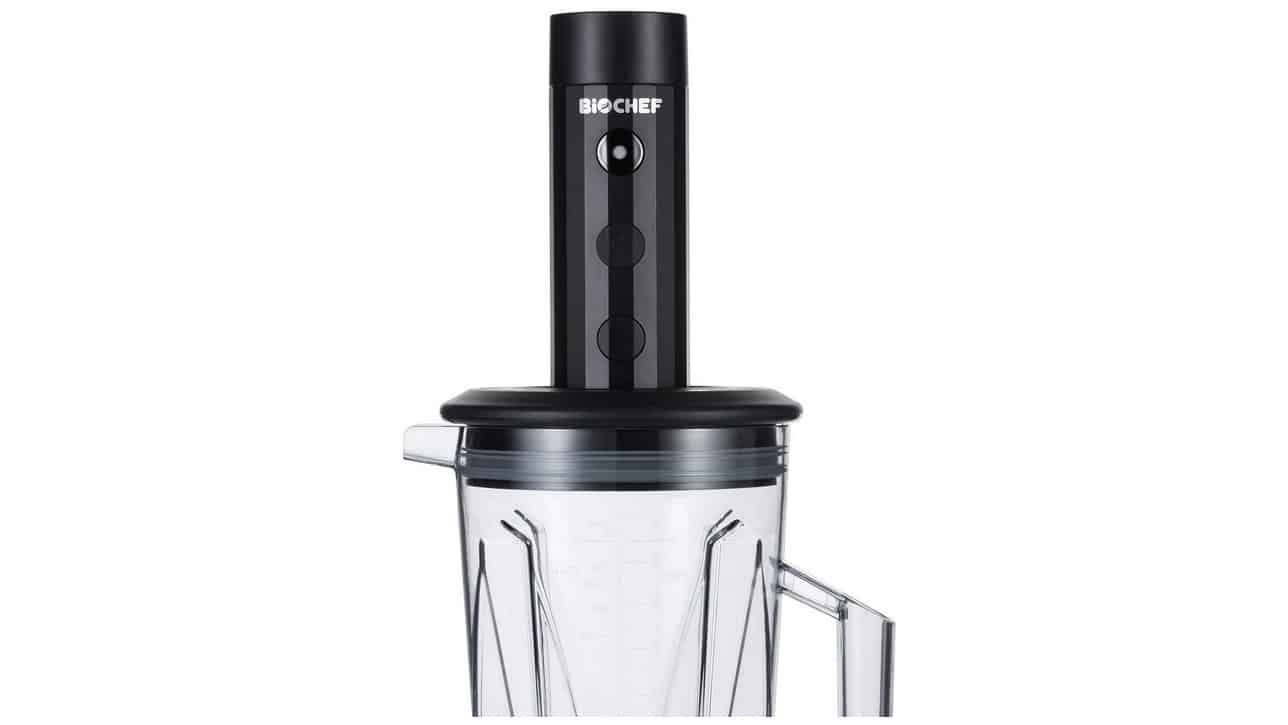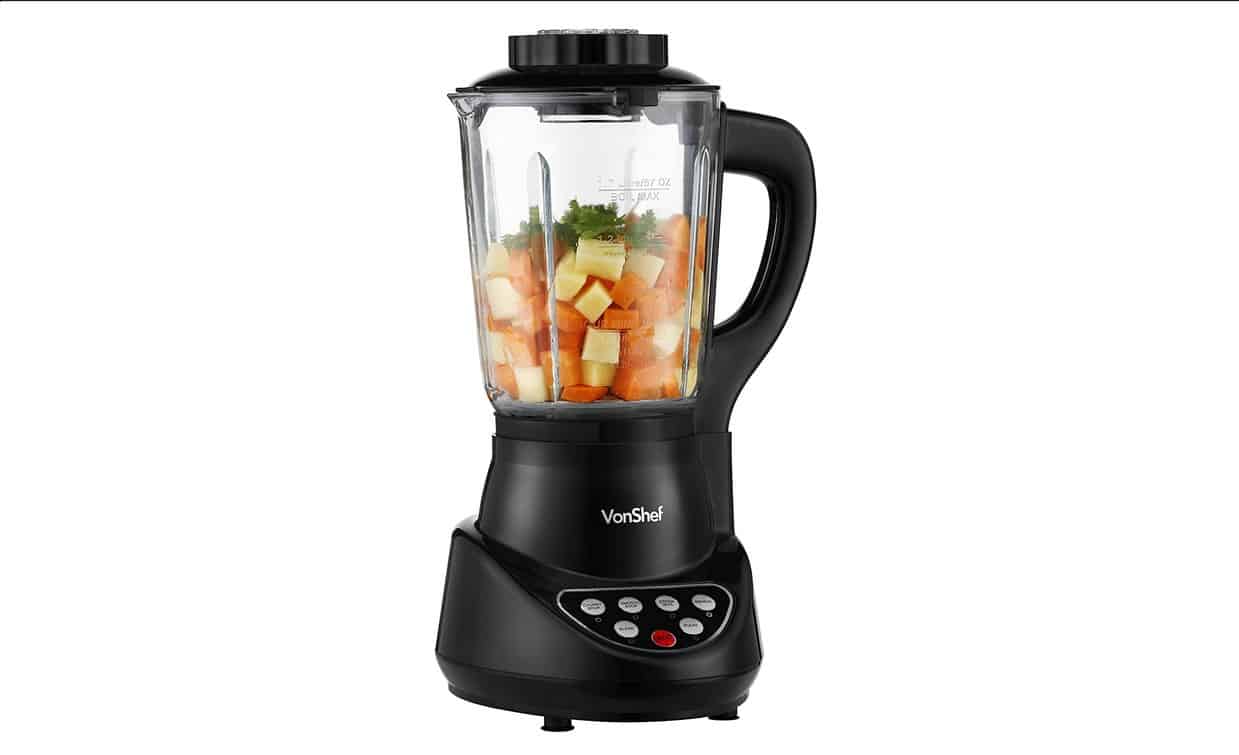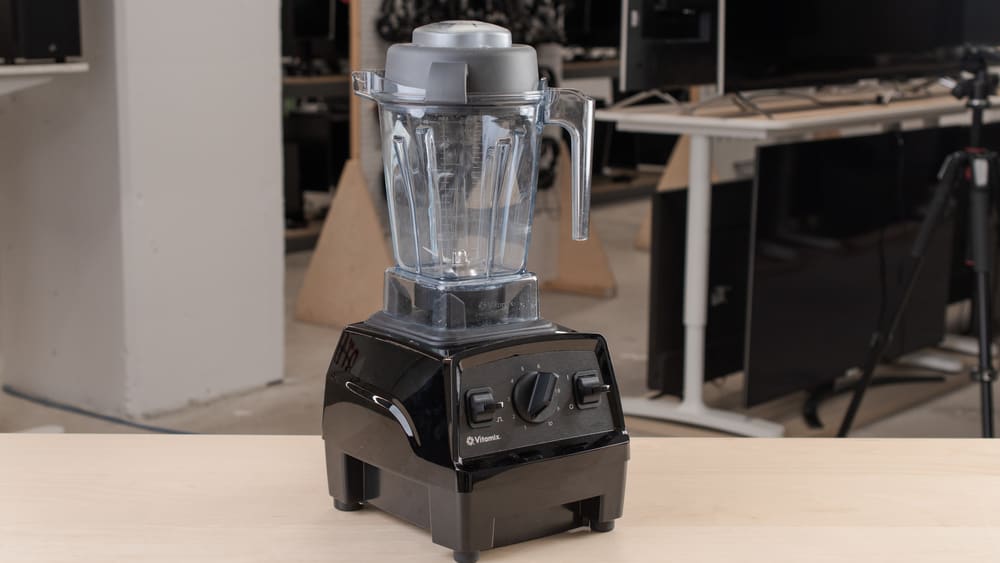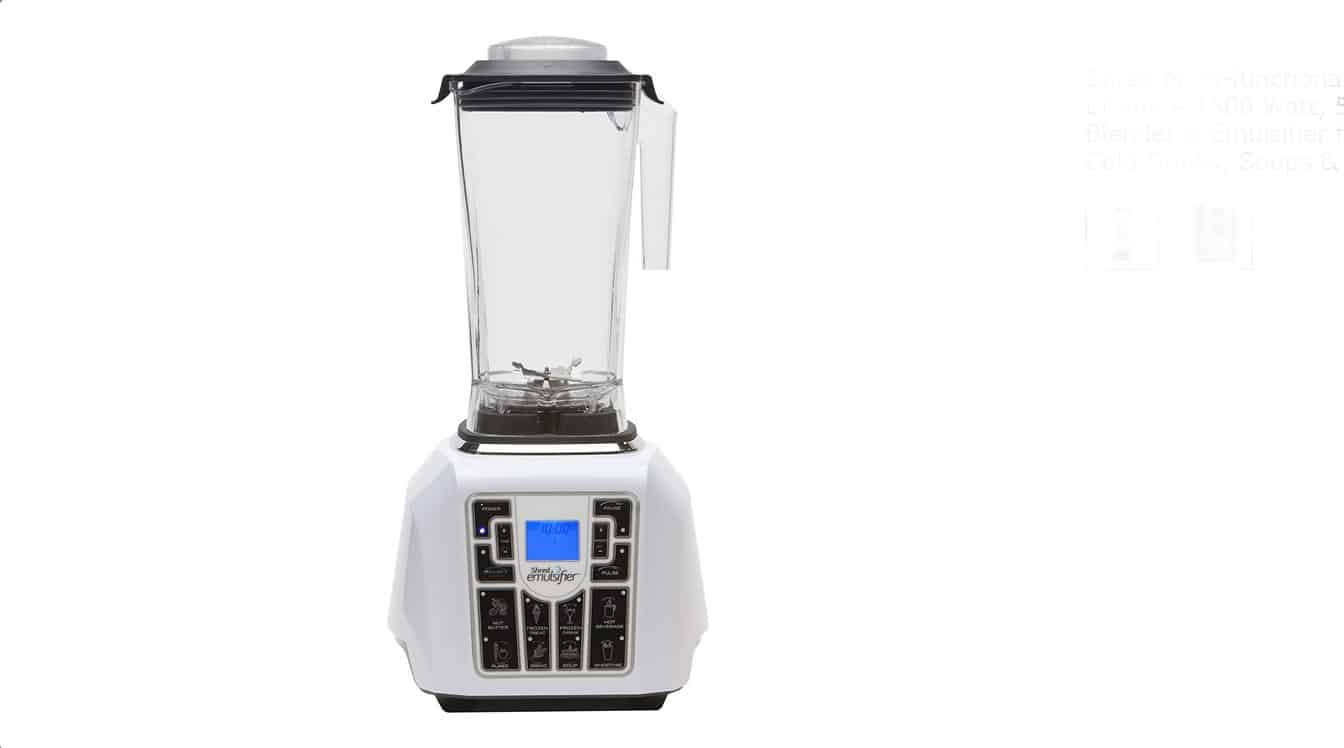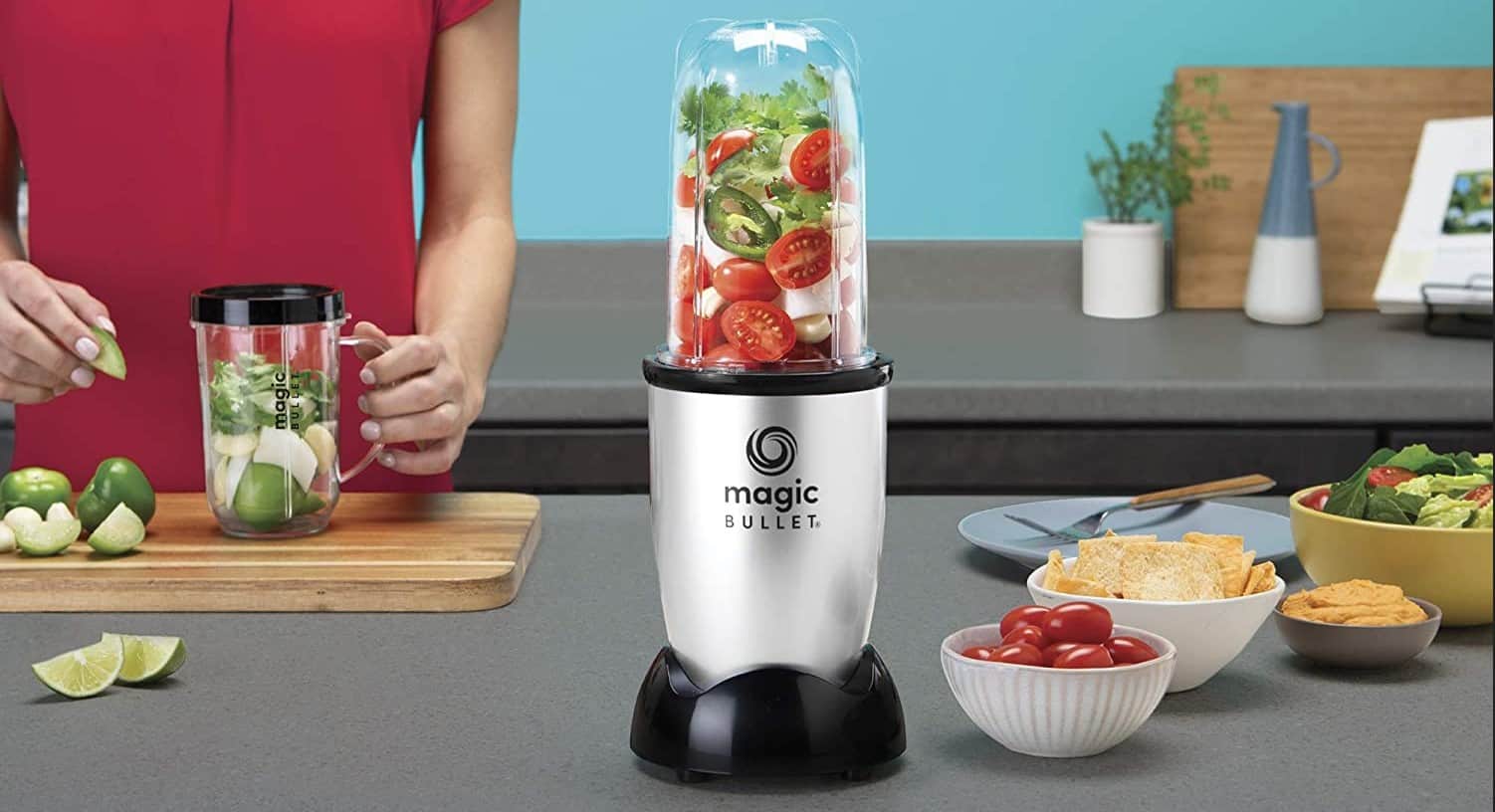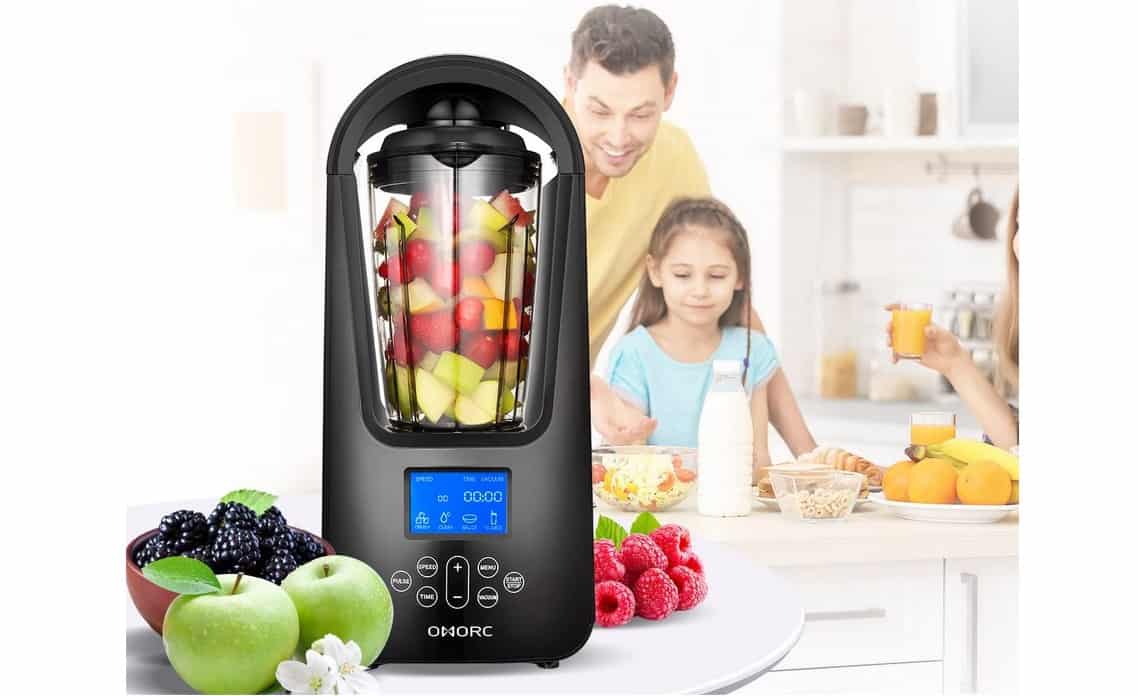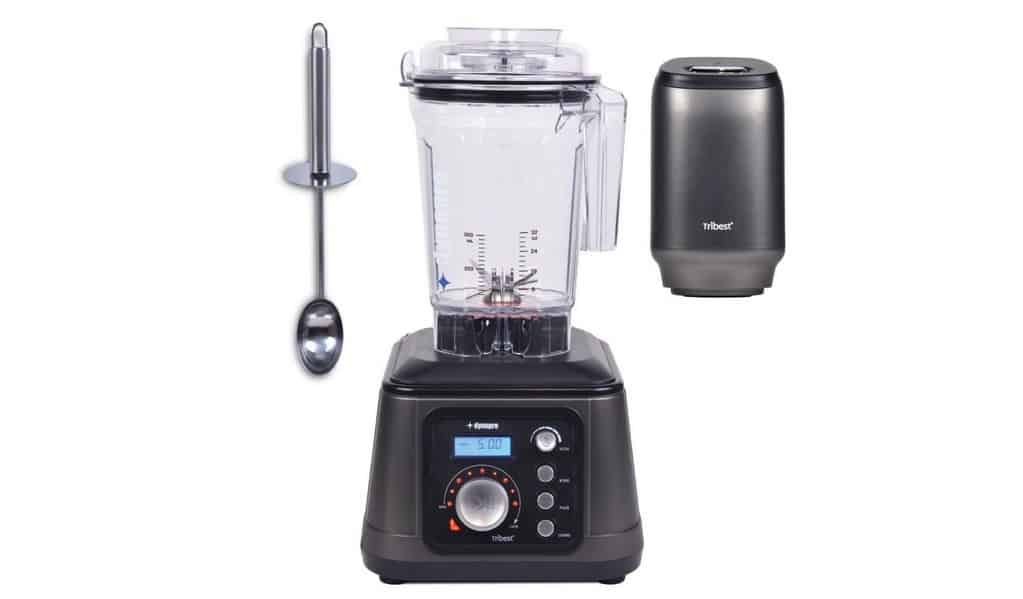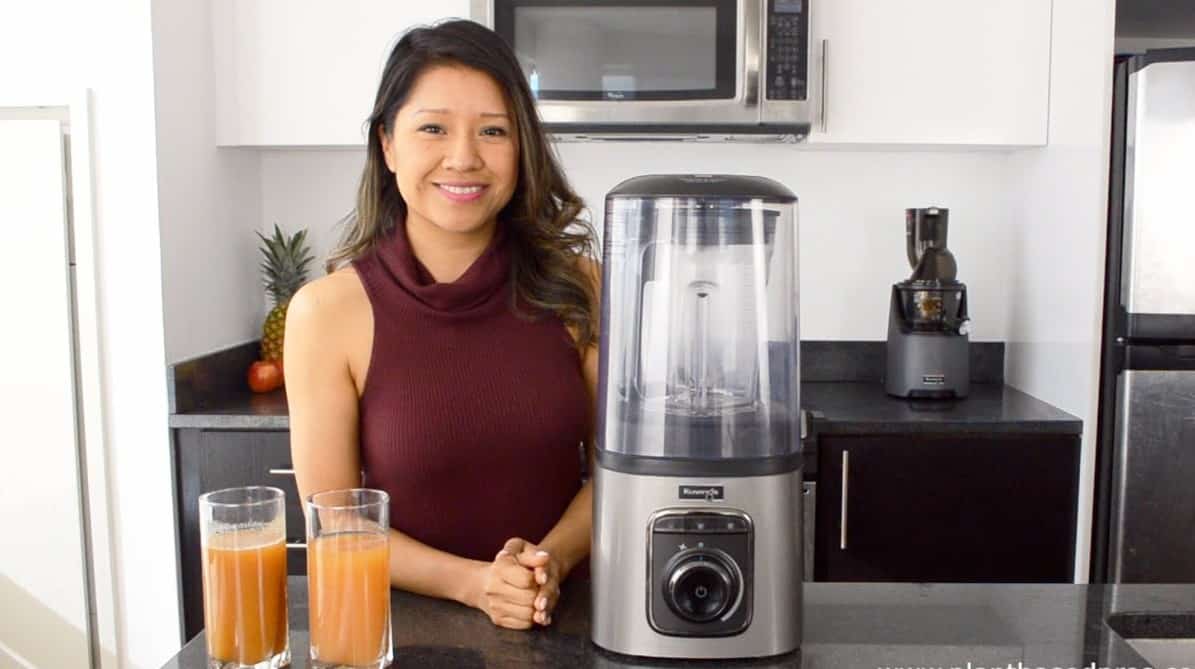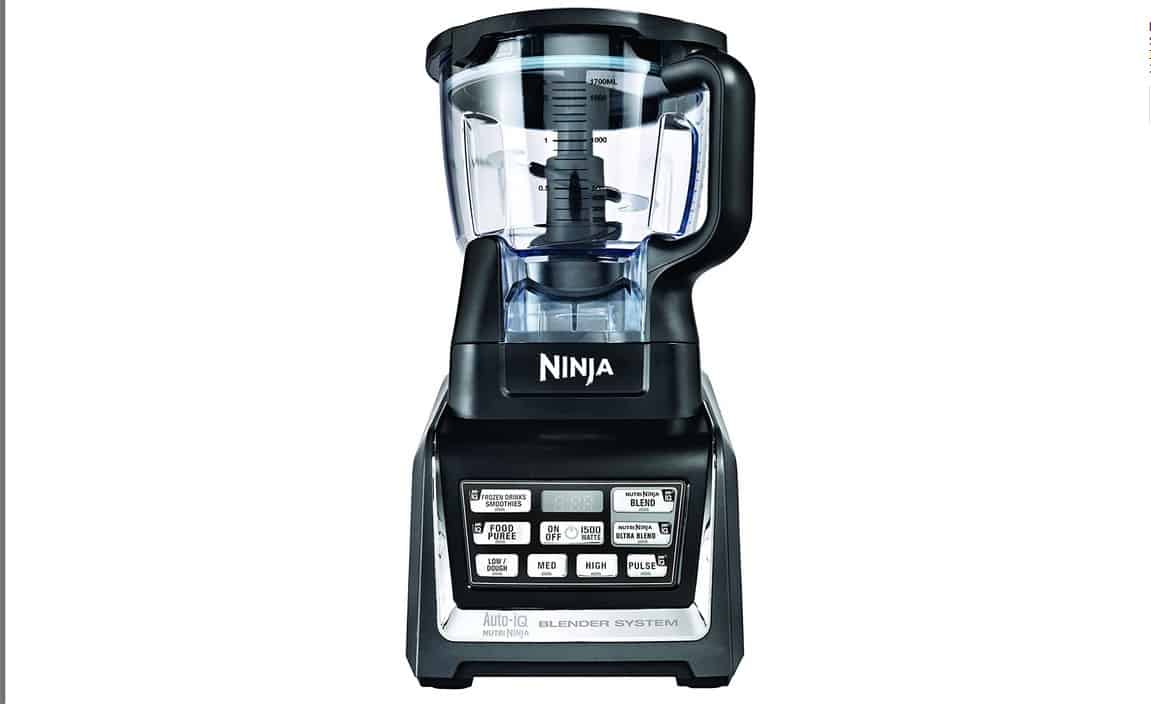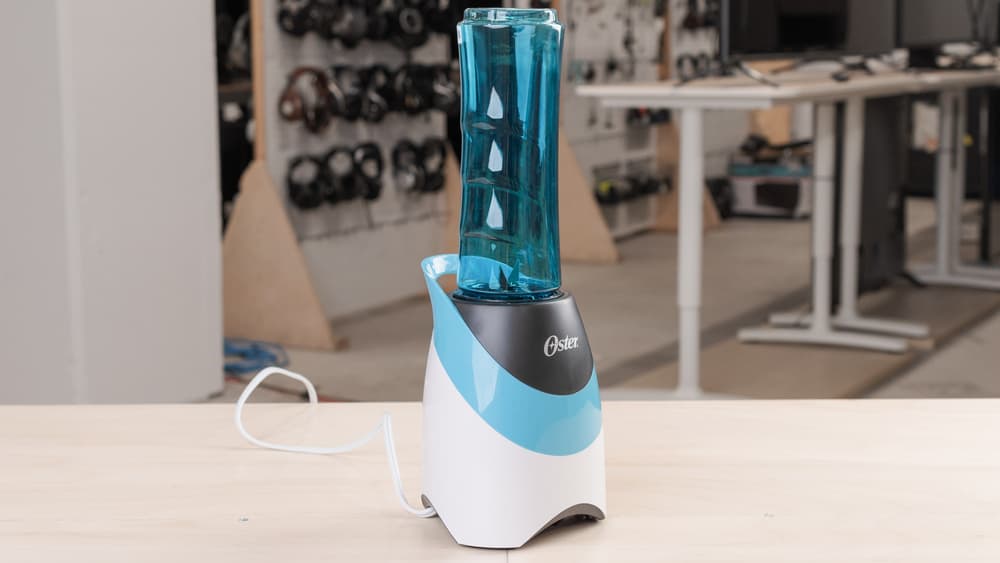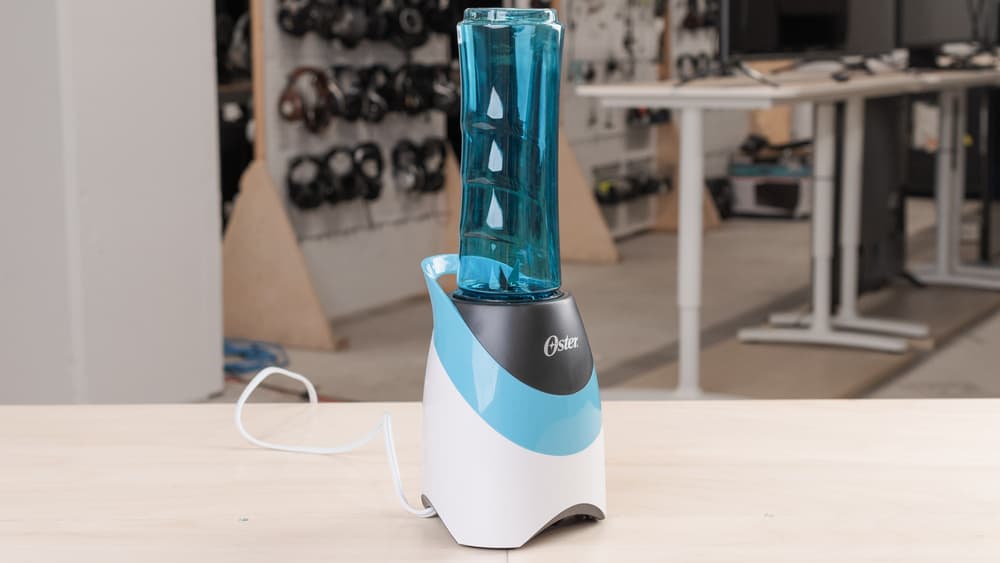Kitchen appliances are a standard expense in any household. While most people associate “kitchen appliances” with devices like refrigerators and ovens, we’re here to look at blenders. Most people think of the blender as an essential part of a cooking arsenal, and they’d be right. These versatile cooking appliances can help accomplish a ton of recipes. Consumers have a variety of options in terms of blender brands, sizes, types, and features. So, it makes sense that some people struggle with what to look for in a good blender or how to choose the best blender. With our help, you won’t get all mixed up while looking for the best blender.
KEY TAKEAWAYS:
- There are three types of blenders: conventional, personal, and immersion.
- Look for a blender with high wattage for a more potent blend.
- Glass containers are the best, but a plastic blender jar will not be as heavy.
Types of Blenders
Blenders vary by size, type, and use. While we’ll go into what makes each type of blender special, there’s a simple rule of thumb for whichever style you choose. The higher the wattage of your blender, the more you’ll be able to accomplish with it. It is important to know how to use the different blenders. For example, there’s a lot you can do with an immersion blender if you know how to use it.
Conventional Blender
The conventional blender is a countertop model. They are used for larger serving sizes than personal or hand blenders. In addition, if you need to crush ice or mix large recipes, you should go with a conventional blender. They are more versatile than smaller models, and they last longer, too.
Personal or Handheld Blender
Personal blenders are popular with fitness experts and people on the go. These small units are sometimes portable so that you can mix a protein drink or smoothie on the go. However, while personal blenders are convenient, they are much less powerful than conventional blenders. Your options will be limited if you want to make multiple servings.
Immersion Blender
Immersion blenders are an excellent complement to a functional kitchen. They typically plug into the wall, and they are great for mixing smoothies or beating eggs. In addition, immersion blenders are fantastic for any recipe that requires whipping or mixing liquids. That said, they are usually not as efficient as bigger blenders for crushing ice.
Pick the Right Blender Container or Jar
Blender containers vary in size and material. While containers can vary from model to model, most conventional blenders hold between 12 and 64 ounces. That said, professional, high-performance blenders can save as much as 80 ounces.
Plastic Containers
Plastic blender jars are light and shatter-proof. They are ideal for older cooks who cannot handle the weight of a metal or glass blender container, but there are some drawbacks. For example, sometimes food odors can stick to a plastic container, and they are not as durable as other kinds.
Glass Containers
Glass containers are great for seeing how the mix is going. Glass cleans easily. Still, it can get pretty heavy, especially when filled. Also, a glass blender jar will not absorb odors or discolor with time.
Insider Tip
The higher the wattage of your blender, the more you’ll be able to accomplish with it.
Stainless Steel Containers
Stainless steel blender containers are great for working on frozen recipes because the metal keeps it cool for longer. That said, steel blender jars are pretty expensive, and you cannot see how the mix is going unless you look inside the container.
What Features do You Need?
While there are often additional features to keep in mind, these are the top features to look for in a good blender.
Stainless Steel Drive Socket and Blades
Having a stainless steel drive socket and blades makes for more powerful mixing and a more durable blender. However, plastic drive sockets and blades degrade over time and might break in the middle of mixing.
Pulse Button
Pulse buttons have been around for a while, but some blenders leave them out. This is a bare minimum feature that will save you time and effort when a recipe calls for intermittent mixing.
Variable Speeds
Single-speed blenders are essentially a thing of the past, but they are still out there. Make sure the blender you pick up can start slow before hitting maximum power. Variable speeds will keep the blender’s motor good for longer.
F.A.Q.S
Blenders vs. Food Processors: What’s the Difference?
Blenders specialize in liquids and purees. Food processors specialize in cooking. That said, a blender with the right features and accessories can do both.
How powerful should a blender be?
The average handheld blender should be about 100W, but a countertop model should have about 500W of power.
Which is better: glass or plastic blender?
Glass blenders are generally better. While heavier, they are more durable, and food odors don’t linger like in plastic containers.
STAT: According to new AHAM research, more than 90% of households report owning at least one personal or full-size blender. (aham.org)
REFERENCES:
- https://blog.aham.org/facts-about-blenders-a-kitchen-staple/
- https://www.ninjakitchen.com/support/product-series/155/ninja-professional-plus-blender-duo-with-auto-iq/?bvstate=pg:2/ct:r
- https://en.wikipedia.org/wiki/Blenderr
- https://thewholeu.uw.edu/2015/03/11/juicing-vs-blending/
- https://www.youtube.com/watch?v=M6qNq8cNs7s

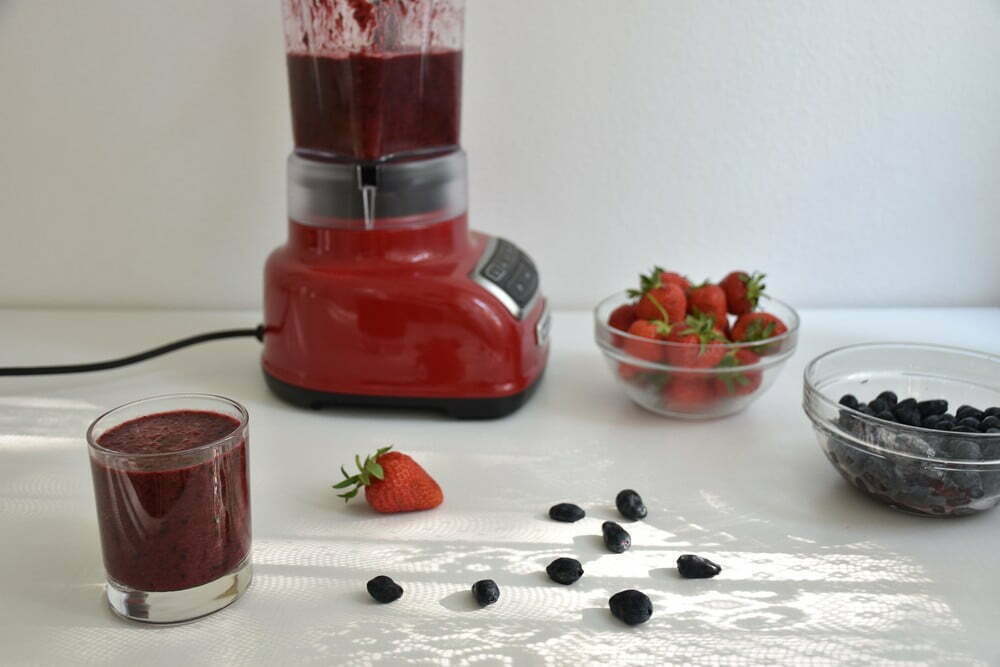













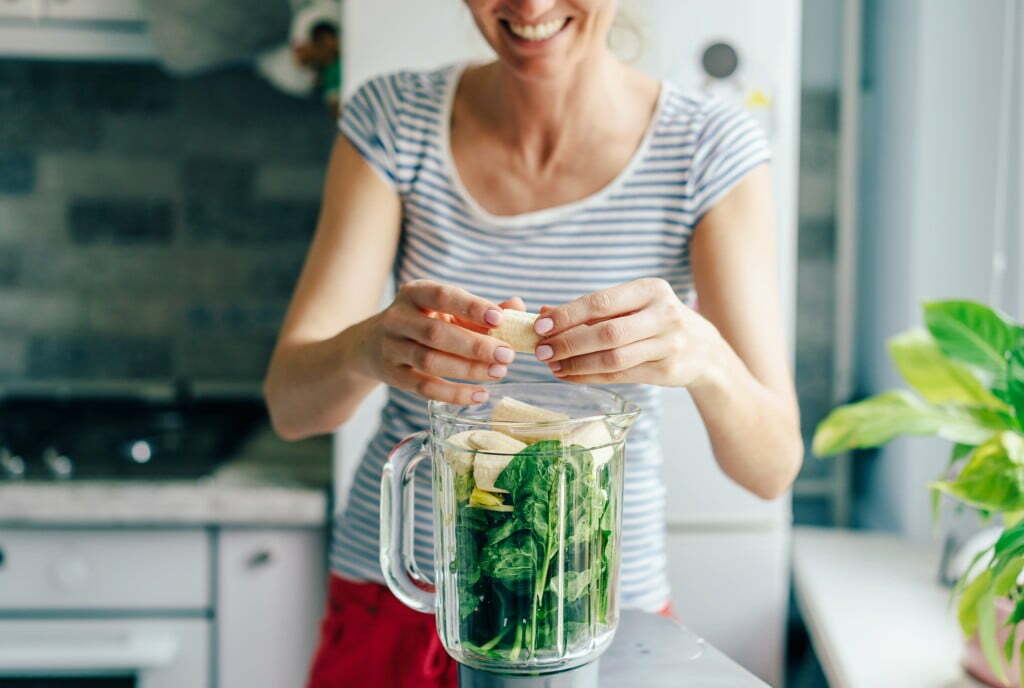
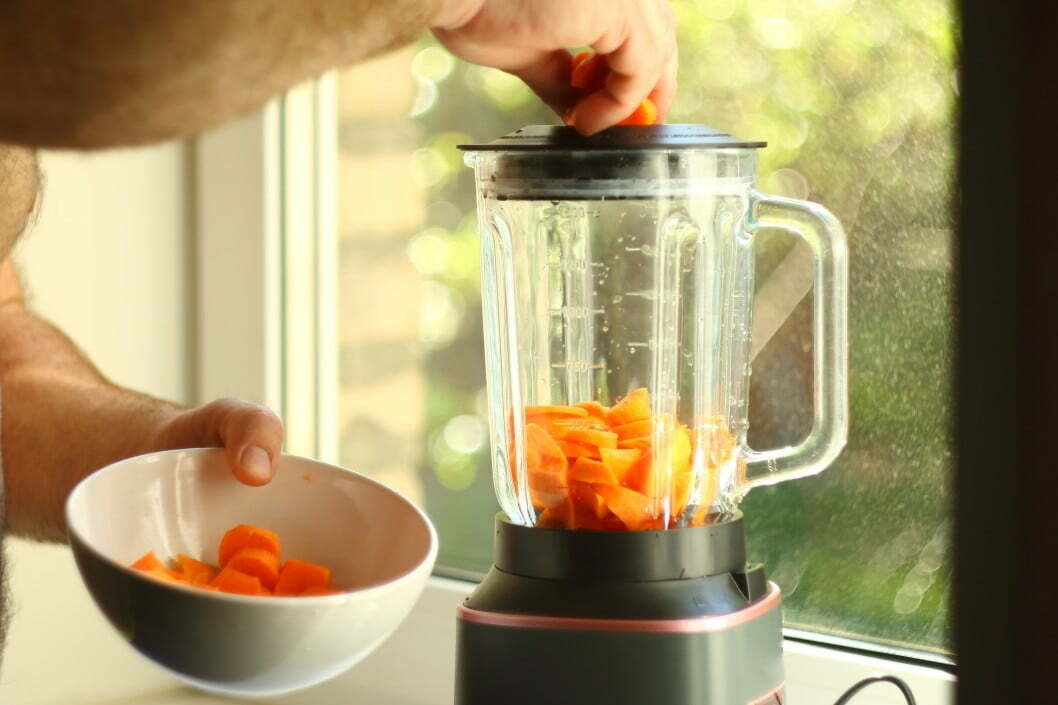

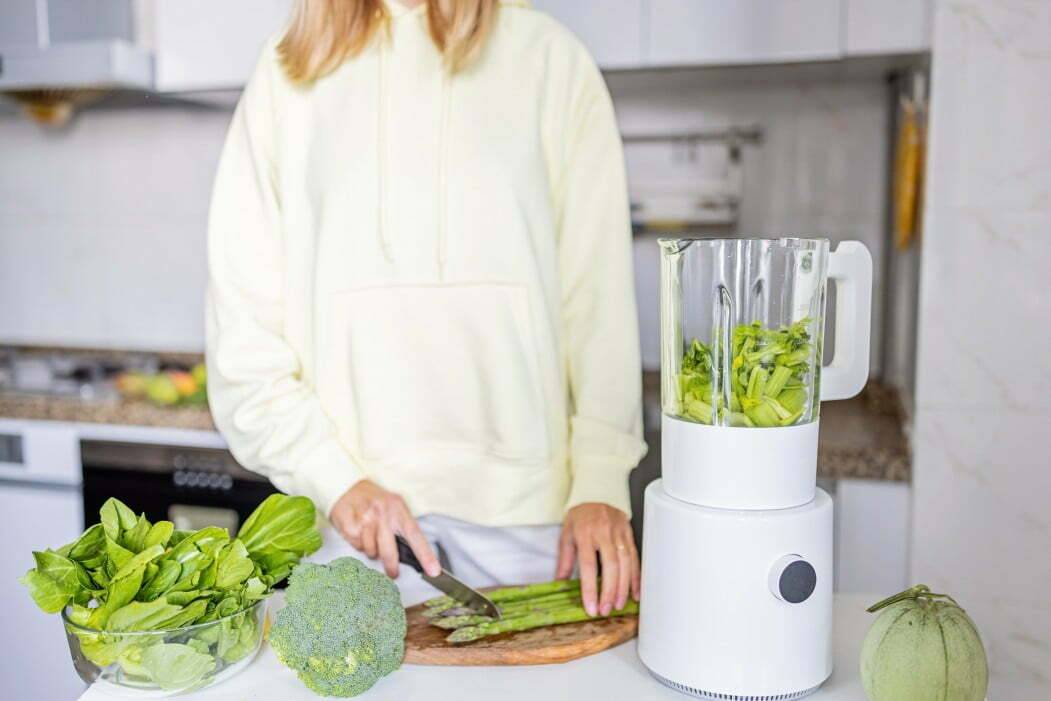
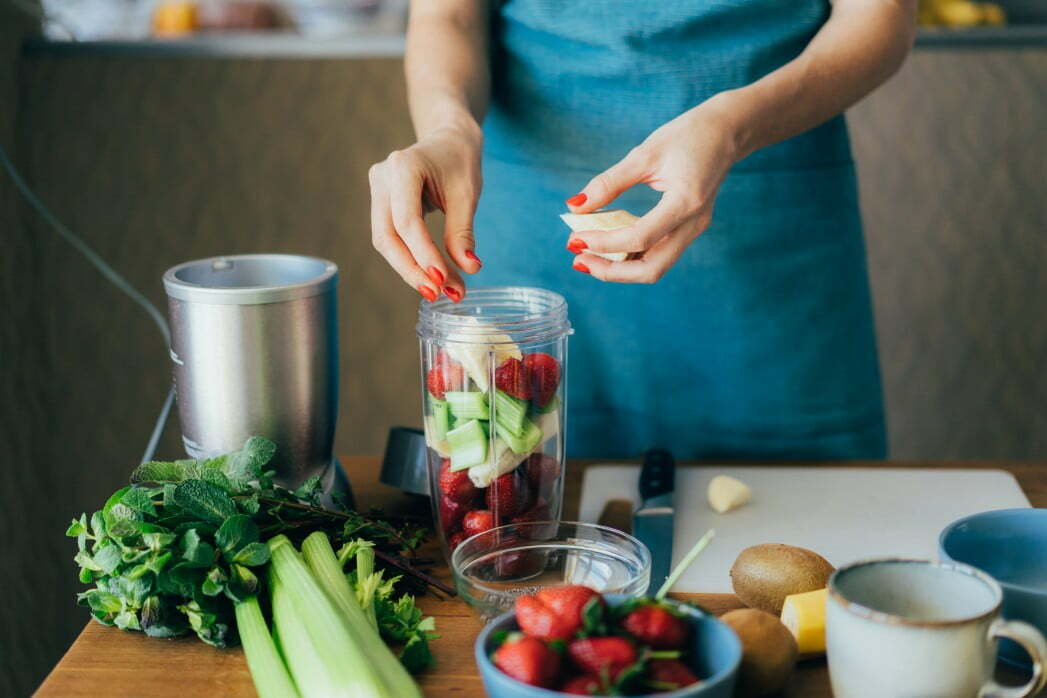
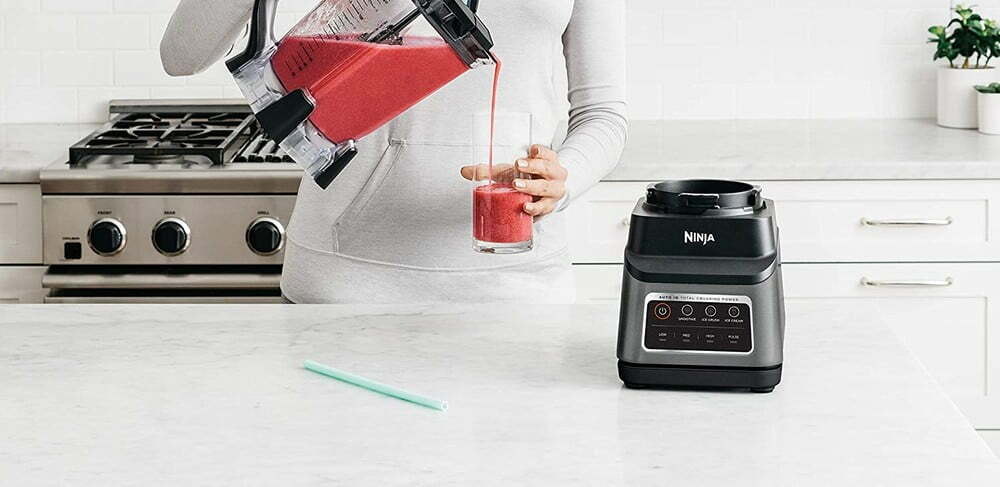

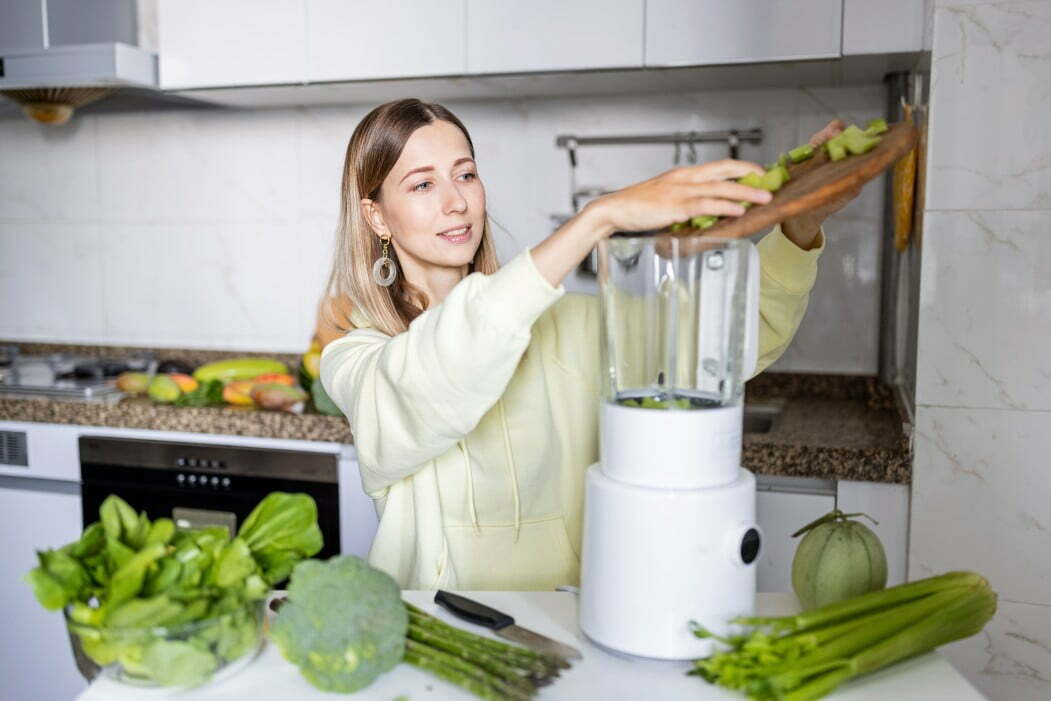
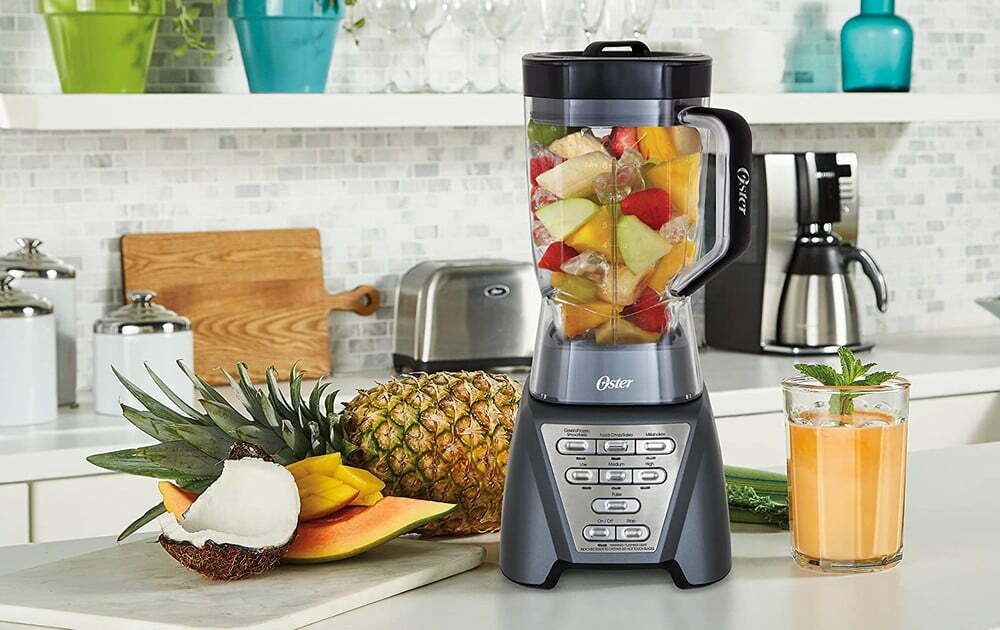
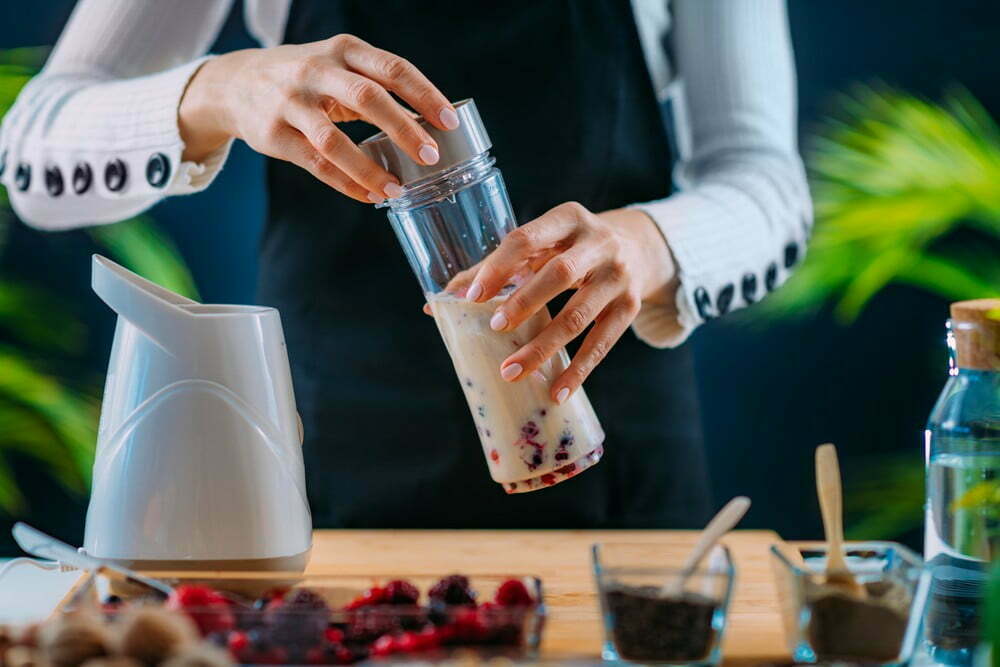
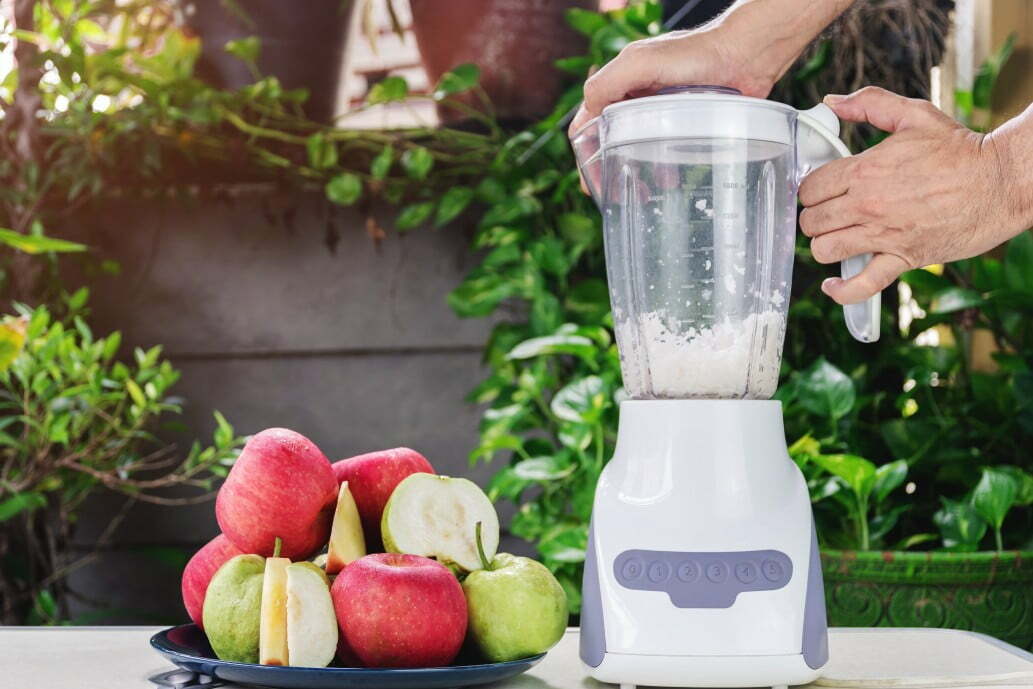

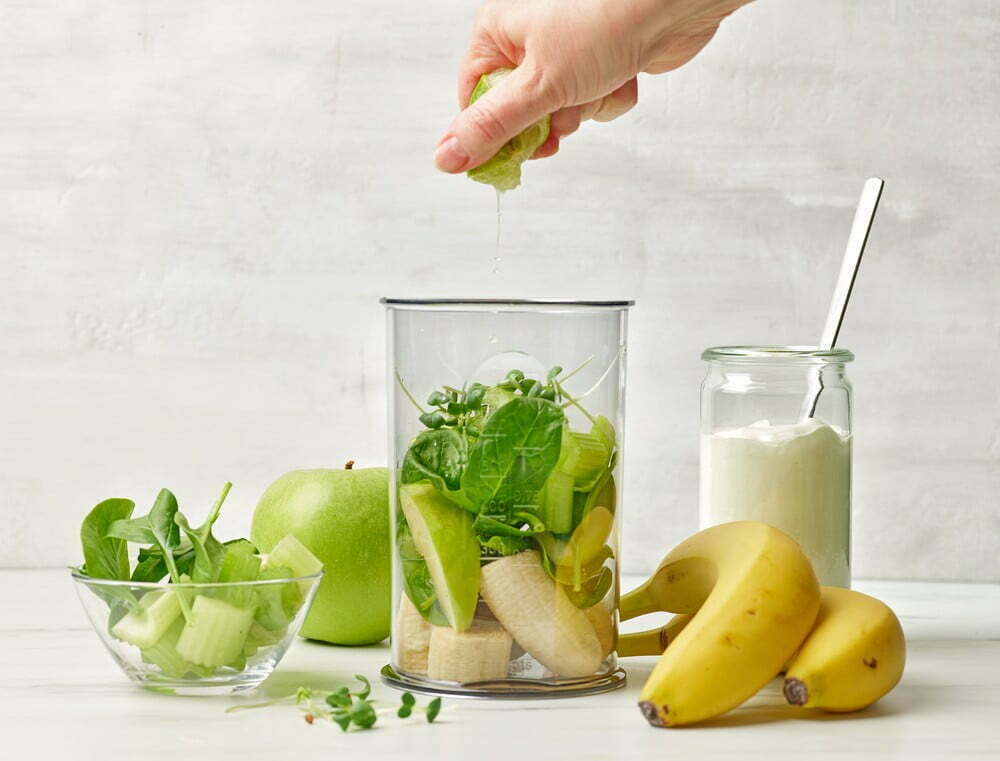
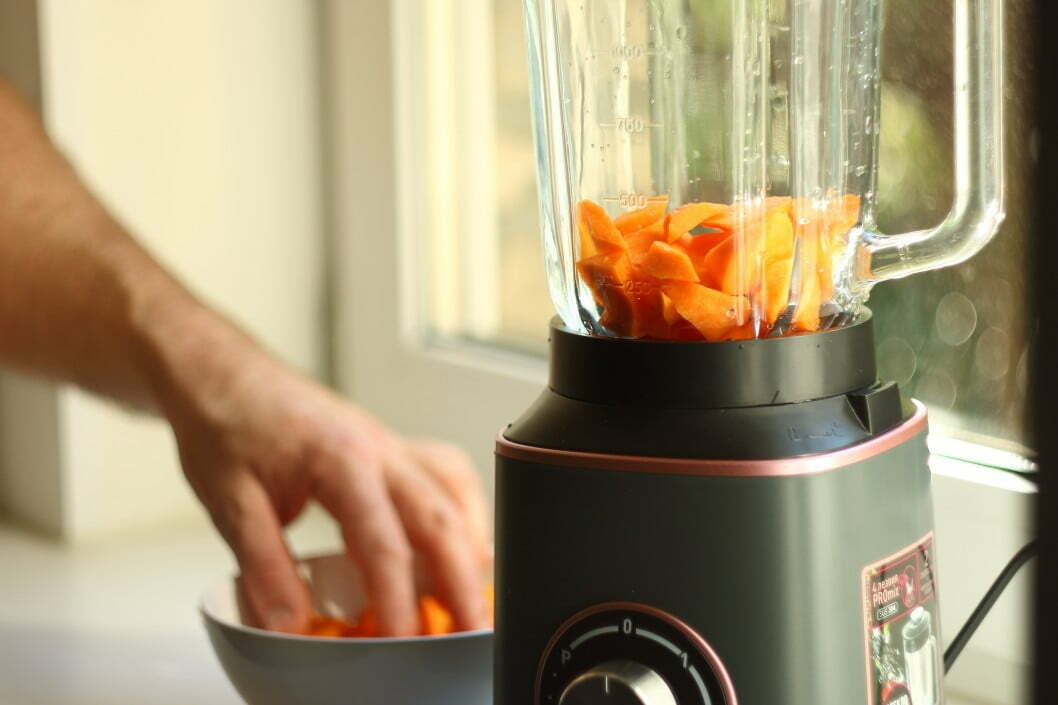
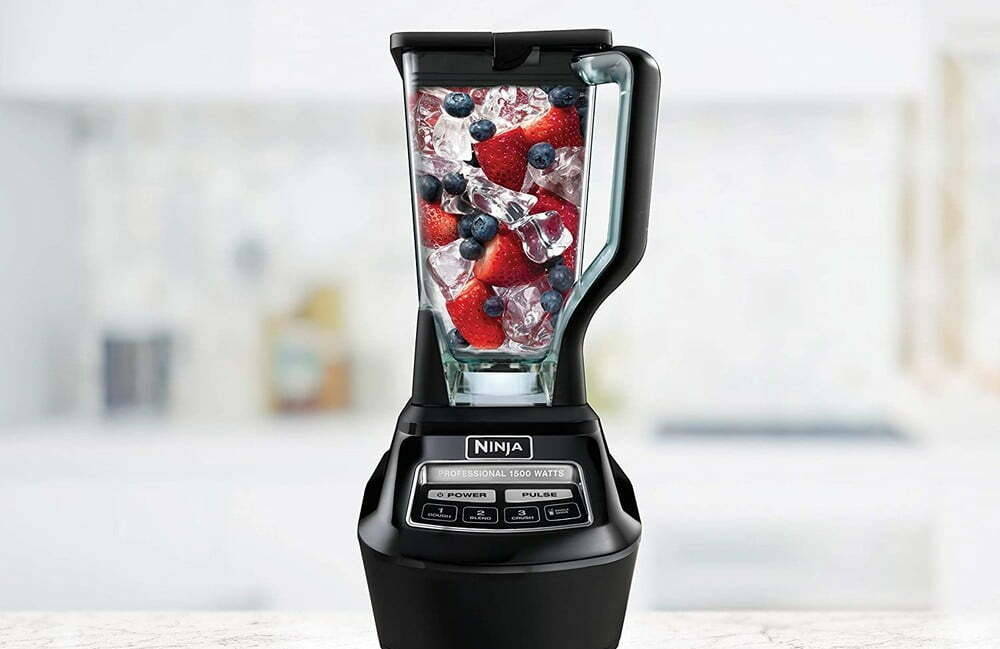
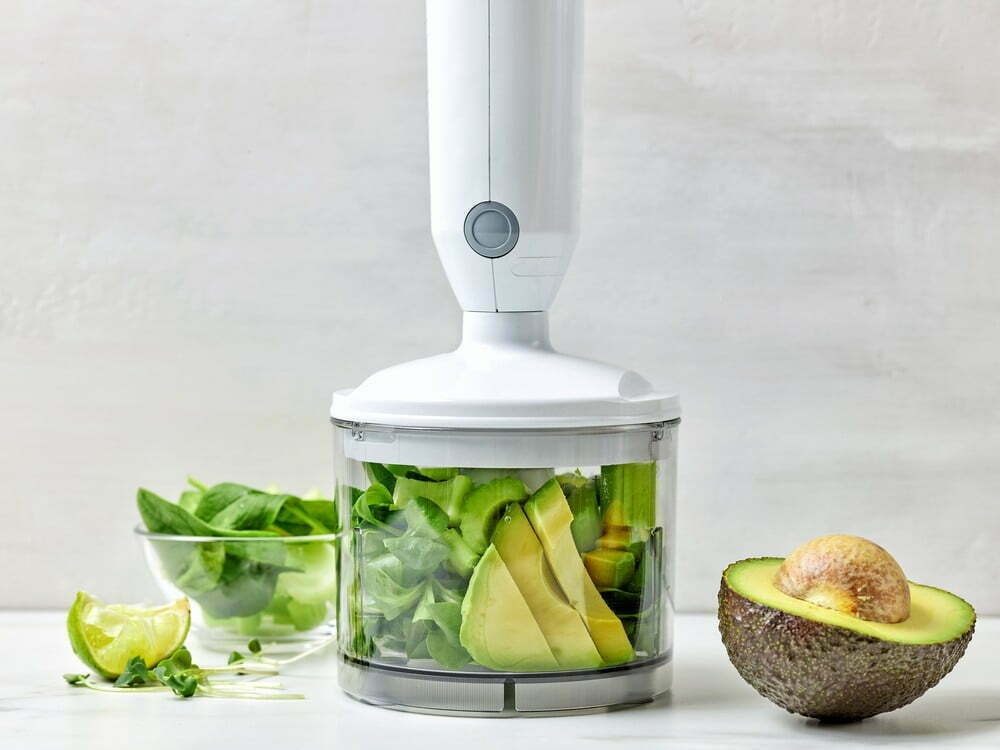
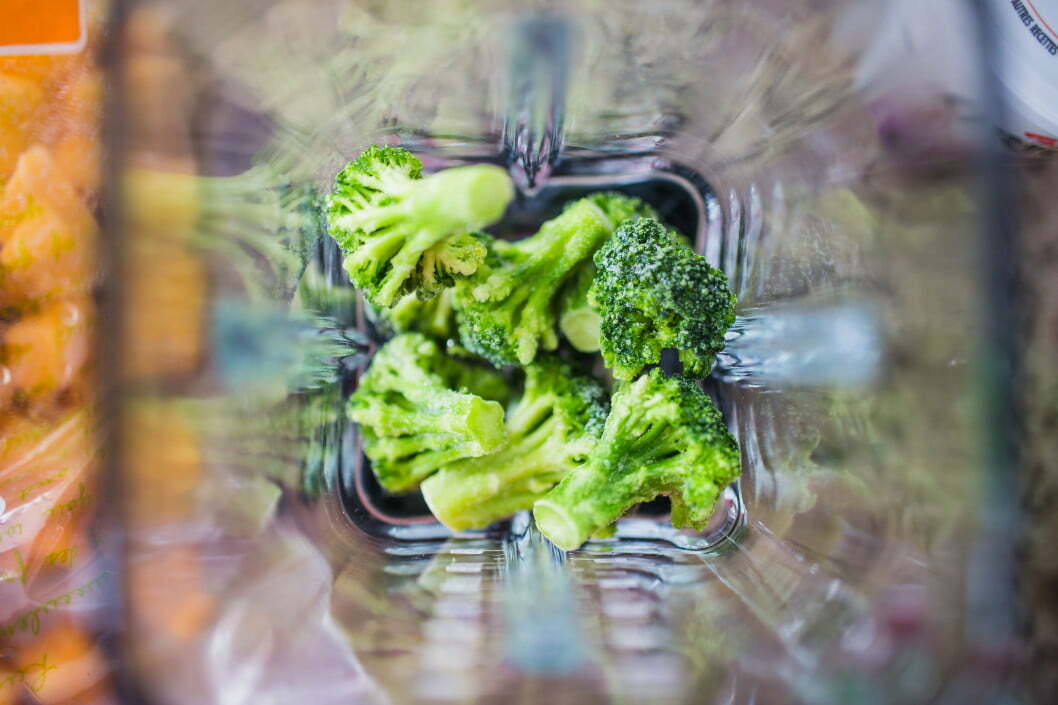


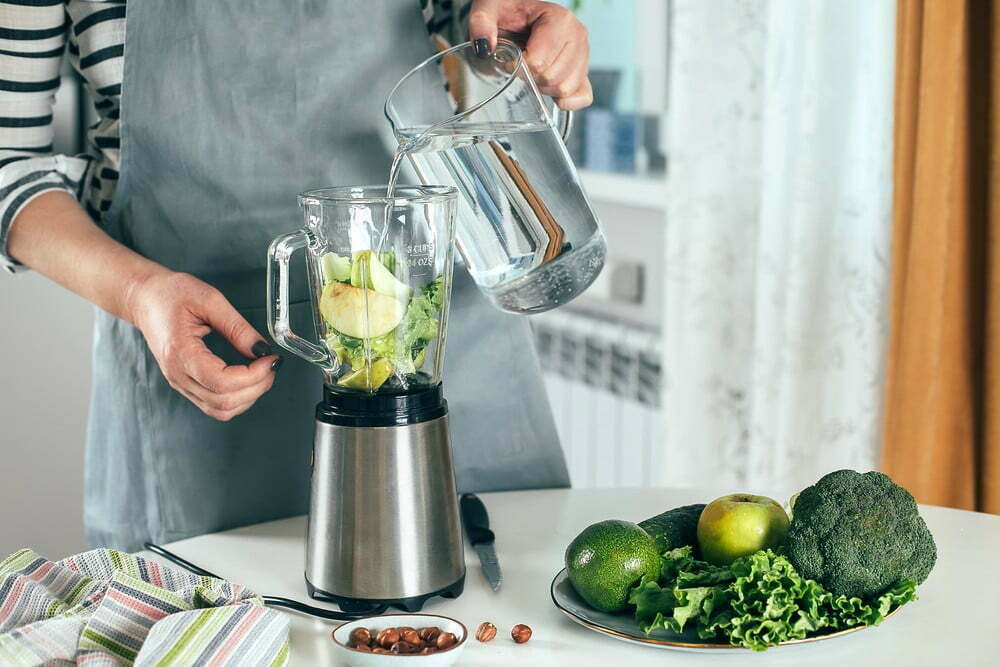
![Best Blender in [year] ([month] Reviews) 27 Best Blender in 2025 (April Reviews)](https://www.gadgetreview.dev/wp-content/uploads/best-blender-image.jpg)
![Best Kitchen Appliances in [year] ([month] Reviews) 28 Best Kitchen Appliances in 2025 (April Reviews)](https://www.gadgetreview.dev/wp-content/uploads/best-kitchen-appliances.jpg)
![Best Blenders for Acai Bowl in [year] 29 Best Blenders for Acai Bowl in 2025](https://www.gadgetreview.dev/wp-content/uploads/best-blender-for-acai-bowl-image.jpg)
![Best Blenders for Vegans in [year] 30 Best Blenders for Vegans in 2025](https://www.gadgetreview.dev/wp-content/uploads/best-blender-for-vegans-image.jpg)
![Best High-Powered Home Blenders in [year] 31 Best High-Powered Home Blenders in 2025](https://www.gadgetreview.dev/wp-content/uploads/best-high-powered-home-blender-image.jpg)
![Best Easy Clean Blenders in [year] 32 Best Easy Clean Blenders in 2025](https://www.gadgetreview.dev/wp-content/uploads/best-easy-clean-blender-image.jpg)
![Best Blendtec Blenders in [year] 33 Best Blendtec Blenders in 2025](https://www.gadgetreview.dev/wp-content/uploads/best-blendtec-blender-image.jpg)
![Best Nutribullet Blenders in [year] 34 Best Nutribullet Blenders in 2025](https://www.gadgetreview.dev/wp-content/uploads/best-nutribullet-blender-image.jpg)
![Best Vitamix Blender in [year] 35 Best Vitamix Blender in 2025](https://www.gadgetreview.dev/wp-content/uploads/best-vitamix-blender-image.jpg)
![Best Oster Blenders in [year] 36 Best Oster Blenders in 2025](https://www.gadgetreview.dev/wp-content/uploads/best-oster-blender-image.jpg)
![Best Blenders for Protein Shakes in [year] 37 Best Blenders for Protein Shakes in 2025](https://www.gadgetreview.dev/wp-content/uploads/best-blender-for-protein-shakes.jpg)
![Best Quiet Blenders in [year] 38 Best Quiet Blenders in 2025](https://www.gadgetreview.dev/wp-content/uploads/best-quiet-blender.jpg)
![Best Blenders for Milkshakes in [year] 39 Best Blenders for Milkshakes in 2025](https://www.gadgetreview.dev/wp-content/uploads/best-blender-for-milkshakes.jpg)
![Best Blenders for Margaritas in [year] 40 Best Blenders for Margaritas in 2025](https://www.gadgetreview.dev/wp-content/uploads/best-blender-for-margaritas.jpg)
![Best Blenders for Nut Butter in [year] 41 Best Blenders for Nut Butter in 2025](https://www.gadgetreview.dev/wp-content/uploads/best-blender-for-nut-butter.jpg)
![Best Ninja Blenders in [year] 42 Best Ninja Blenders in 2025](https://www.gadgetreview.dev/wp-content/uploads/best-ninja-blender.jpg)
![10 Best Vacuum Blenders in [year] 43 10 Best Vacuum Blenders in 2025](https://www.gadgetreview.dev/wp-content/uploads/best-vacuum-blender.jpg)
![10 Best Blenders to Puree Food in [year] 44 10 Best Blenders to Puree Food in 2025](https://www.gadgetreview.dev/wp-content/uploads/Best-Blender-to-Puree-Food.png)
![10 Best Blenders for Smoothies in [year] 45 10 Best Blenders for Smoothies in 2025](https://www.gadgetreview.dev/wp-content/uploads/Best-Blender-for-Smoothies.jpg)
